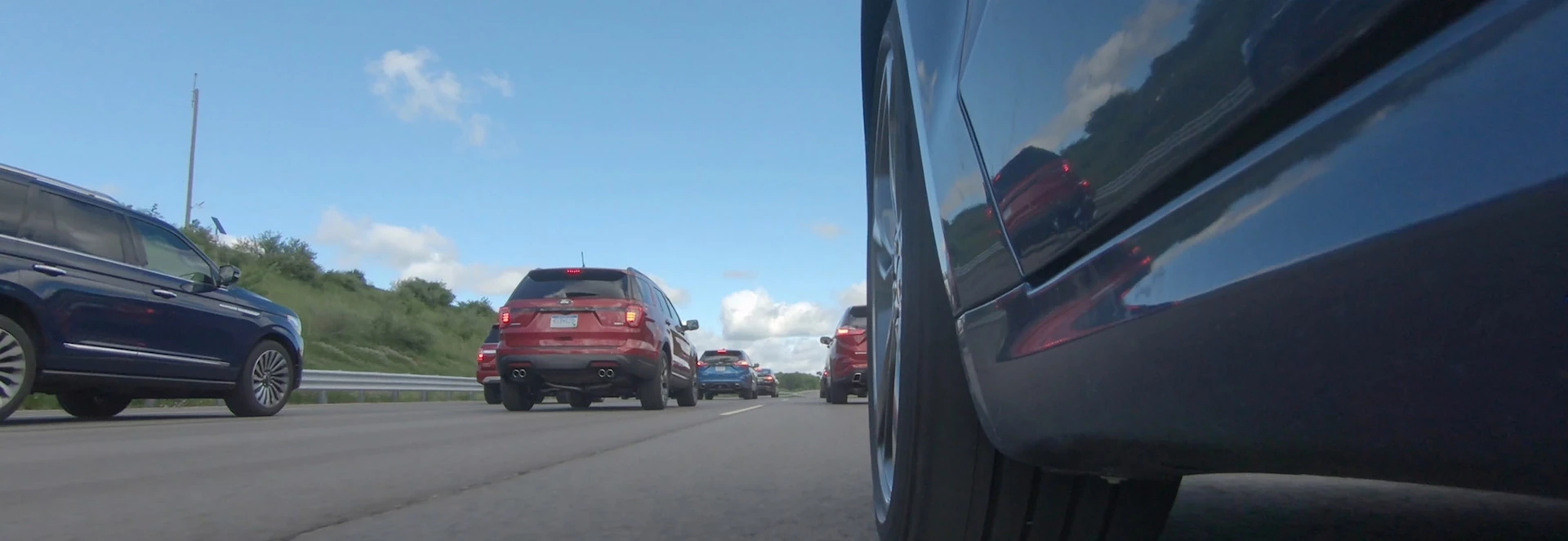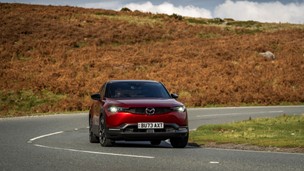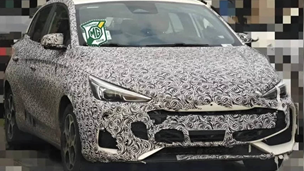To show the benefits of adaptive cruise control, Ford teamed up with Tennessee’s Vanderbilt University to perform a series of experiments and display how much the system can improve traffic flow.
Something that occurs on a regular basis on busy roads are phantom traffic jams, which are caused when drivers brake for seemingly no reason and cause cars behind to slow down unnecessarily.

This can be caused by people merging without signalling, poor driving habits or not paying attention and this can lead to vehicles coming to a standstill.
Vehicles with ACC use sensors to detect another vehicle in front and then speed up and slow down depending on the distance between them, meaning that traffic can move smoothly.
The tests showed that when people don’t use ACC, traffic is more likely to bunch up and cause these phantom traffic jams – slowing the flow of traffic and causing tailbacks.
Torsten Wey, Ford of Europe manager for driver assistance and safety technology, said: “A fun summer holiday family road trip can quickly become irritating when traffic slows to a crawl – especially once you learn there was no reason for the gridlock.
Enquire Now on a new Ford“We encourage vehicle owners who have adaptive cruise control to use it during their summer travels in the hope this smart technology today can be that first step to help ease commutes.”
Daniel Work, civil engineering professor at Vanderbilt University, said: “For years, traffic researchers and engineers have been looking to smart vehicle technologies to reduce traffic congestion, whether that’s vehicles that talk to each other or vehicles that can predict the road ahead.
“This demonstration was a unique opportunity to understand how commercially-available active driver-assist technologies can be used to positively influence traffic flow.”




